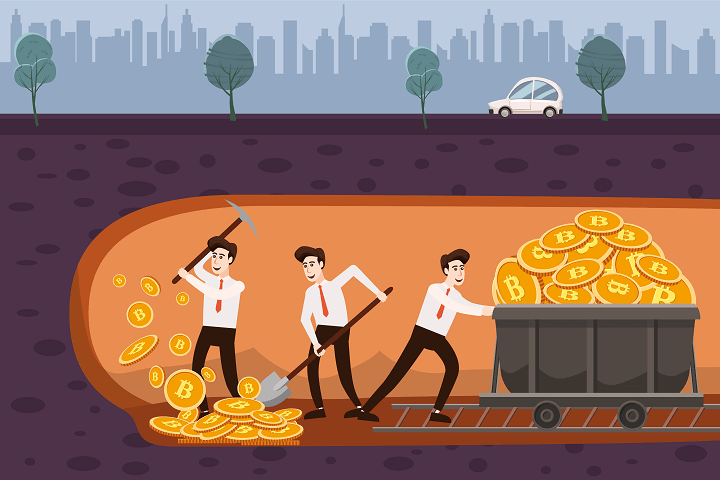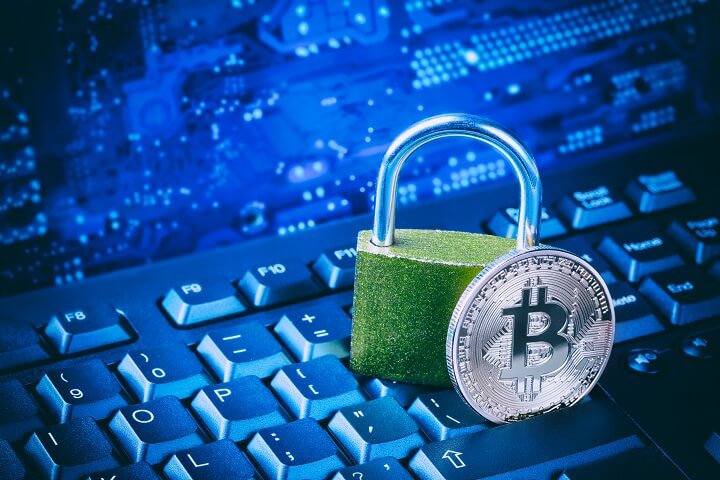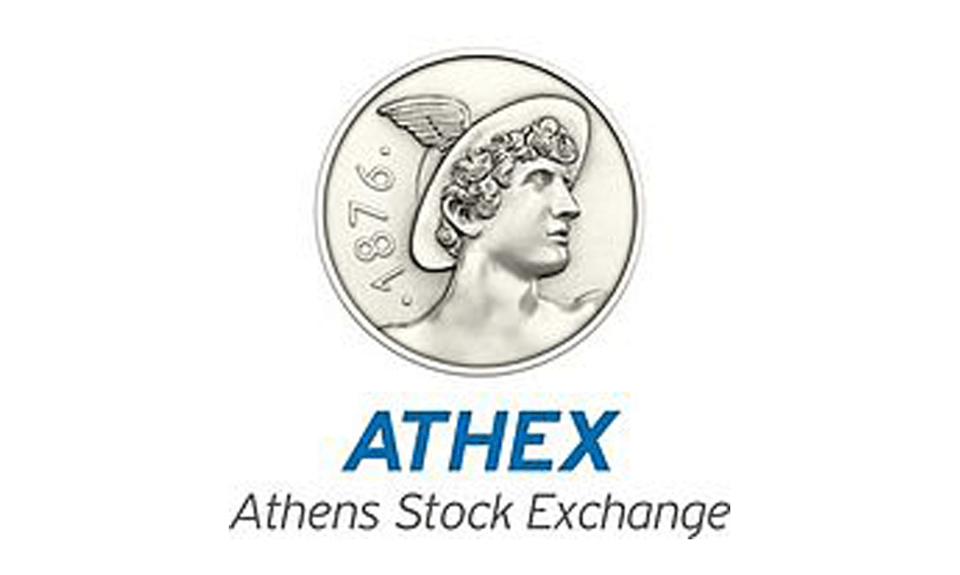Bitcoin Mining
Bitcoin mining is the process of keeping records on the Bitcoin blockchain. The participants that take part in this process are called ‘miners’. These miners keep the blockchain ledger complete by grouping new transactions into a ‘block’ that is verified by nodes on the Bitcoin network.
After the block is mined, the miner applies a mathematical formula of letters and numbers to the block which is commonly known as an “SHA-256 cryptographic hash” of the previous block.
Once the formula is solved, the new transactions are added to the blockchain as a block and formally circulated throughout the network for verification. After completing the whole process, the miner gets rewarded with 12.5 Bitcoins by the Bitcoin network.

What Is Bitcoin Miner?
The term Bitcoin miner refers to the node in the network (the computing system) that verifies newly broadcasted Bitcoin transactions and adds them to the distributed digital ledger that is the underlying Blockchain. Bitcoin miners ensure the authenticity of the transactions made on a blockchain by cracking the cryptographic code and they get incentivized for their service with bitcoins.
In order to verify the authenticity of transactions, miners are supposed to possess a hardware rig composed of ASIC miners, a strong internet connection, Bitcoin mining software, a Bitcoin wallet, and an effective cooling rig for the hardware.
How Does Bitcoin Mining Work?
Many people may wonder what Bitcoin miners are exactly doing. Using the term ‘mining’ for digital currency is confusing, and it does warrant an explanation because not everyone understands the concept.
Bitcoins are not physical money like traditional banknotes. The reason behind calling the process “mining” is because Bitcoins hide under their protocol’s design like gold hides underground before it is mined.
The Bitcoin mining process requires miners to compete with other miners on the network in solving difficult math problems with the help of cryptographic hash functions that are associated with a block containing transaction data.
Is Bitcoin Mining Sustainable?
There’s no way to know whether the Bitcoin mining mechanism would be sustainable in the future or not. At this time, only people with the money and the resources to acquire high-powered mining rigs and to pay for the electricity required for the operation can successfully obtain Bitcoin.
Although anyone can technically mine bitcoins, individual Bitcoin miners are never going to make a profit as more money will be spent on electricity than generated by mining bitcoins. Simply, Bitcoin mining is for big companies with a huge amount of capital and affordable access to the electricity required to power the mining hardware.
Is Bitcoin Mining Still Profitable?
Bitcoin mining is regarded as a key facet of the underlying blockchain in the Bitcoin network, and it might stay key in the near future. However, the process of mining is way too expensive for retail investors with limited assets. It can only be profitable for individual investors with the capital to purchase the hardware and to cover the costs of the energy requirements. Bitcoin mining is highly profitable for larger groups of miners that work together in “mining pools”.
What Are Bitcoin Mining Pools?
When it comes to small miners undertaking Bitcoin mining, the concept of working with a bigger pool of miners can help them gain a considerably high amount of profit. Through such mining pools, Bitcoin miners can combine their available resources more effectively. After a block is mined, the pool receives bitcoins as a reward and this reward is split within the members of the pool according to the mining power provided by each.
What Happens to Bitcoin After All Are Mined?
A cap of 21 million bitcoins was built into the Bitcoin Protocol for serving as a control to prevent inflation. According to the existing rules, that limit can never be exceeded the network. This supply cap for new bitcoins could possibly result in an increase in Bitcoin’s demand, placing upward pressure on the coin’s price. When the supply cap is eventually reached (in 2040), Bitcoin miners would earn exclusively from transaction fees instead of miner rewards.
How to Choose a Cryptocurrency Mining Pool?
Mining attracts crypto enthusiasts because it supports the development of various cryptocurrencies such as Bitcoin. The Bitcoin network uses the Proof-of-Work concept. Mining pools are formed when individual miners pool their power resources over the network and mine bitcoins together. It is currently the most popular choice among the Bitcoin miners. There are some criteria that need to be considered while choosing a mining pool:
Size and Compatibility: When the hashing power of the mining pool is combined, the conversion speed of codes in the new blocks gets higher which, in turn, provides higher income. On the other hand, the compatibility of the mining device should match the requirements of the pool.
Rewards System and Profitability: One should calculate the pros and cons of the rewarding structure and accordingly split the rewards between all the miners within the pool. Pools with the maximum hashing power in the network have the potential to mine a huge number of blocks which indicates higher profits over time.
Transparency of the Pool: The mining pool should perform certain responsibilities for ensuring the transparency among the mining members and remain trustworthy. All the mining pools that want to bring in the required transparency in the mining network should implement multiple measures such as providing a real-time dashboard view to the miners in the network.
How Many Bitcoins Can You Mine in a Day?
The number of Bitcoins mined in a day is 1800. There are 1000s of miners across the globe who are mining Bitcoins every day. As predicted by enthusiasts, the last Bitcoin will be mined in 2140, and miners could then earn in transaction fees which would be far more rewarding than mining.
YOU CAN WIN $200 EVERY HOUR




